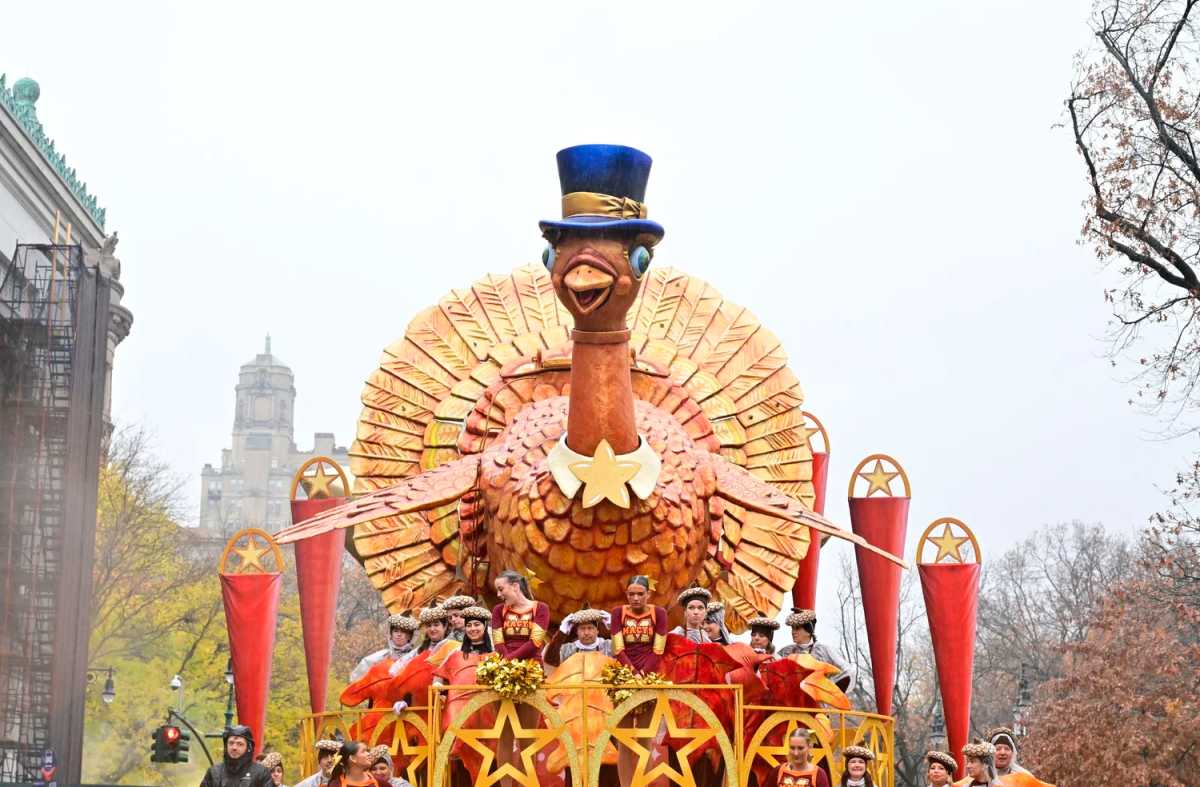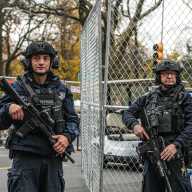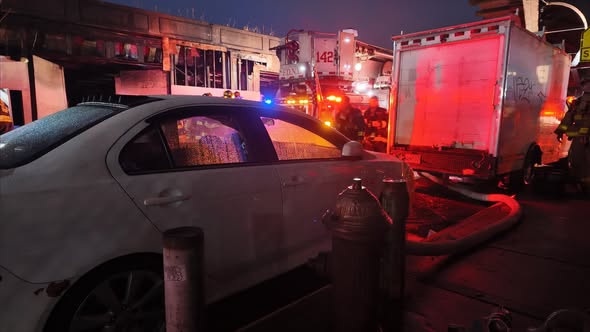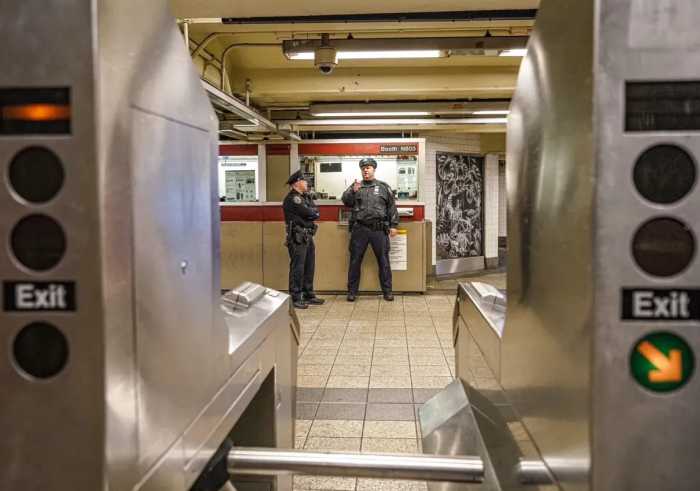
Ask a stranger or a friend, “Who was the first person to cross the Atlantic Ocean by plane?” and, chances are, they’ll confidently respond, “Charles Lindbergh.”
But they would be wrong.
Though the aviator famously piloted his Spirit of St. Louis from Roosevelt Field, Long Island, to Paris, France, in 1927, Lindbergh’s effort did not mark the first time someone had flown across the great blue divide — it was the first time someone achieved the feat alone. In fact, during the eight years prior to the Lindbergh pilgrimage, it’s estimated that around 80 people had traversed the Atlantic by air.
Thus, the correct answer to the posed question is: “A crew of six U.S. Navy airmen, captained by Albert C. Read.” And a hundred years ago next week, they took off from Queens.

“It was a big thing at the time,” says Robert Schwach, who steered efforts behind an upcoming celebration of the flight. “It always bothered me being a history buff … that very few people knew about it.”
A ceremony honoring the Navy crew at Riis Landing, close to where their historic flight launched, is planned for May 8.
“We managed to contact a number of the crew’s family members — grandchildren and great-grandchildren — and some of them are actually flying into New York for the centenary,” said Schwach, deputy chief of staff for City Council member Eric Ulrich, who procured funding for the celebration.
The gathering doubles as a kickoff event for a monthlong exhibit devoted to the aviation achievement at Fort Tildon’s T7 Gallery.
Ceremony attendees and exhibition visitors might arrive at a new conclusion about travel history: Lindbergh, who benefitted from a marketing machine powered by improved film technology that better chronicled his transatlantic trip, often gets exaggerated credit.

During World War I, according to Schwach, the U.S. Navy established a series of stations along the Atlantic coast to monitor German submarine activity by air. Plane technology of the time only allowed pilots to fly about 100 to 150 miles offshore. When crewmembers spotted enemy subs, they’d sometimes toss bombs off the side of their plane into the water, hoping to disable the vessel or force it to flee. These missions helped American ships, carrying troops and supplies to the European front, navigate the ocean with less German interference.
“The Navy said, well, wait a minute. If we can build a plane … that could make it across [the ocean] with a couple of stops, we could ferry equipment over by air and avoid the submarine threat,” Schwach says.
So the Navy built four seaplanes — called NCs — with that goal in mind. But by the time they were ready for flight, the war had ended.
“There was a prize offered by the Daily Mail in London for the first non-governmental pilot to make it across the Atlantic,” Schwach says. “So there were private groups trying to be the first to cross.”
Though none of their pilots would qualify for the award, the Navy — backed by lobbying from Assistant Secretary of the Navy Franklin Delano Roosevelt — felt they should put their new seaplanes to the test anyway.
On May 8, 1919, three of the four took off from Jamaica Bay for Europe. The NC-2 seaplane, damaged in test flights, was used for spare parts, and the NC-1 and NC-3 were plagued by radio and navigation problems from the start. Neither finished their flight, and both were damaged during ocean landings — though their crews survived. (The Navy had stationed ships across the ocean in case of emergencies and to help the pilots with navigation, but the NC-1 squad was actually picked up by a Greek freighter that happened to be in their crash area. And the NC-3 flew so far off course that its crew members had to endure 60 hours adrift at sea before finding their way into Horta Harbor, in the Azores.)
Even though the NC-4 itself went down 80 miles off the coast of Massachusetts, in need of repairs, it survived the ordeal and carried on. The NC-4 made several more stops along the way, but on May 27, the seaplane and its crew taxied into Lisbon Harbor, in Portugal.
“The arrival of the NC-4 at Lisbon marks the completion of the first transatlantic air flight in history, with the coveted honor going to a machine designed, built, and manned by Americans,” wrote The New York Times, which, like other papers around the world, treated the story with front-page coverage.
“It’s an amazing segment in New York City history in general,” says Branka Duknic, executive director of the Queens Historical Society, which is helping to coordinate the anniversary celebration. “This side of our history is truly important for the younger generation to know.”
Council member Eric Ulrich says part of his motivation in supporting the celebration comes from the fact that New Yorkers “need to tell our story, and we need to do a better job of telling our story to the rest of the country and to the world.”
“I know how important Queens is and was,” Ulrich continues. “Every other borough seems to have a leg up on telling their story, and the role that they played in American history and the history of the city. Queens [doesn’t] always do a great job of telling our own story, and this is just one of many stories that I’m so appreciative of.”
On top of Lindbergh’s solo achievement eight years later, the reason Albert C. Read and his NC-4 crew are not more broadly remembered is because by June 15, 1919, two other men flew from Newfoundland to Ireland, across the shortest part of the Atlantic, nonstop. The pair were awarded the Daily Mail prize money in London by the British Secretary of State for War and Air, Winston Churchill, and were later knighted by King George V.
On Wednesday, May 8, 2019, at 9:30 a.m., exactly 100 years after the U.S. Navy’s NC-4 took off, Ulrich will host a commemorative ceremony at the old Rockaway Coast Guard Station at Riis Landing. He will unveil a new street sign at Beach 169th Street at Rockaway Point Boulevard, which will be co-named “US Navy Seaplane Division One Way” to honor the all-but-forgotten NC-4 and its crew.





































